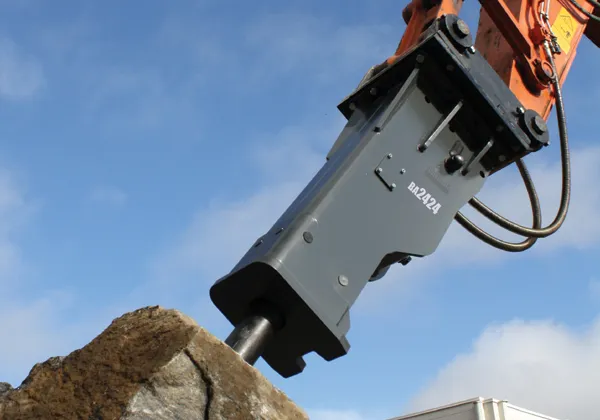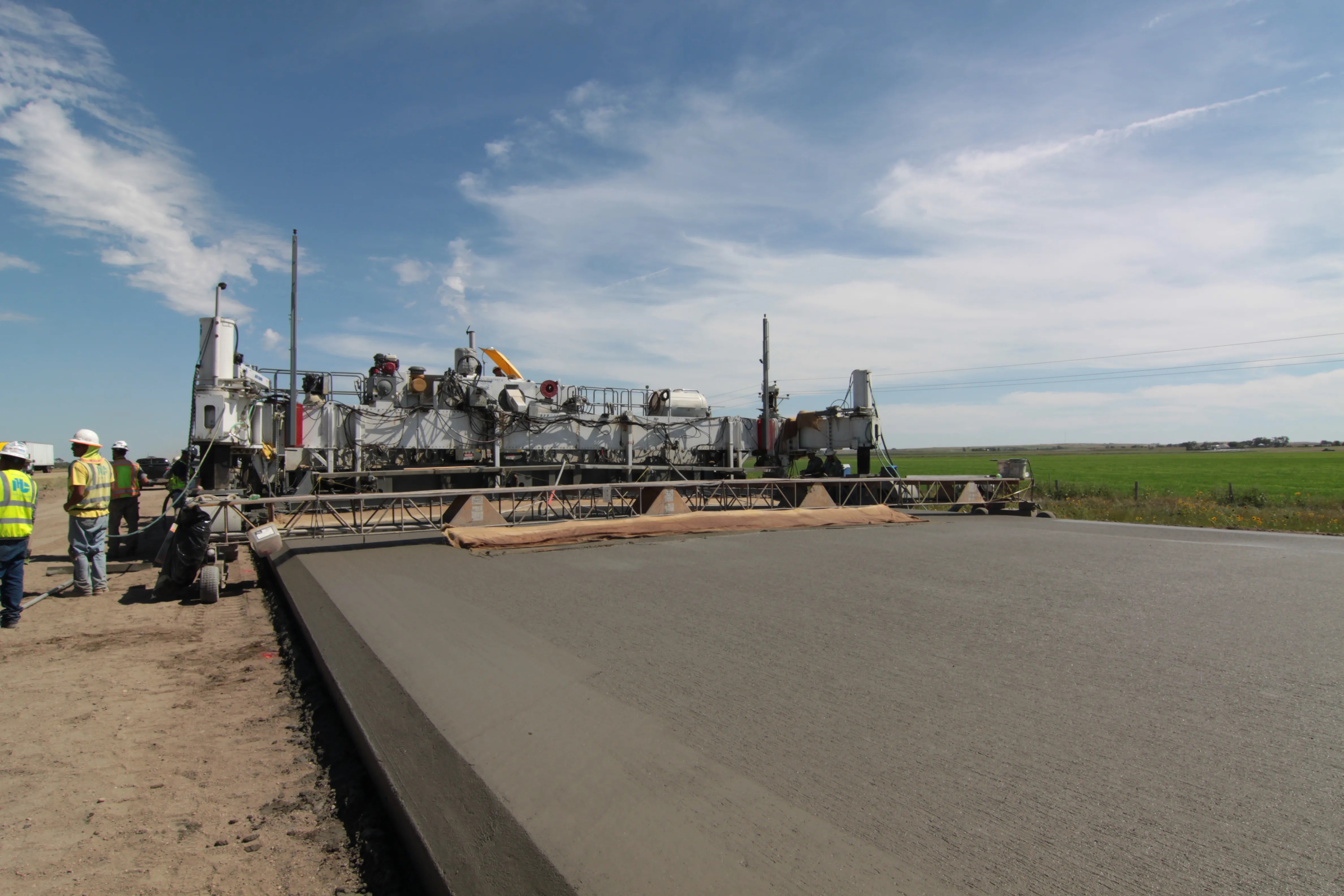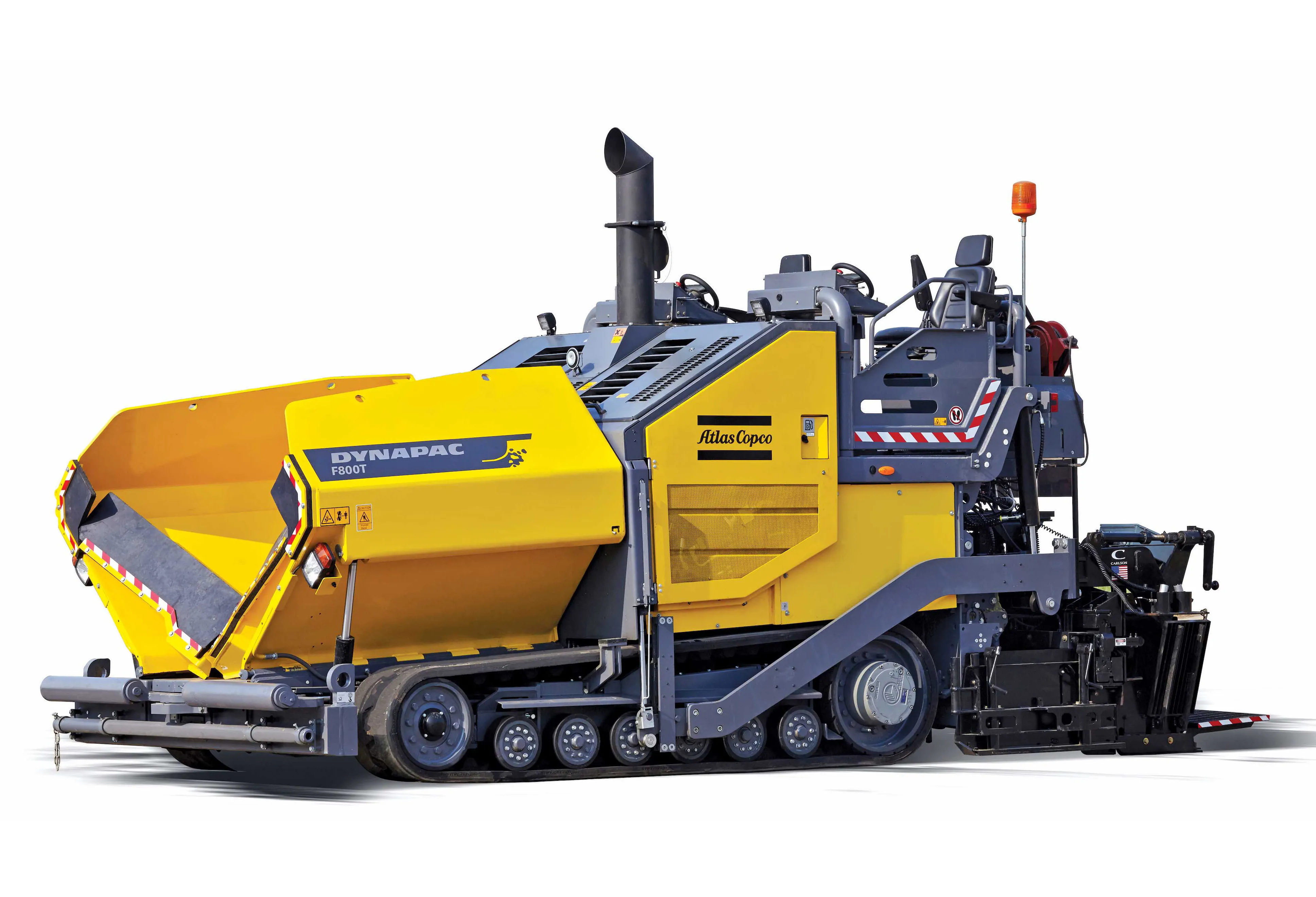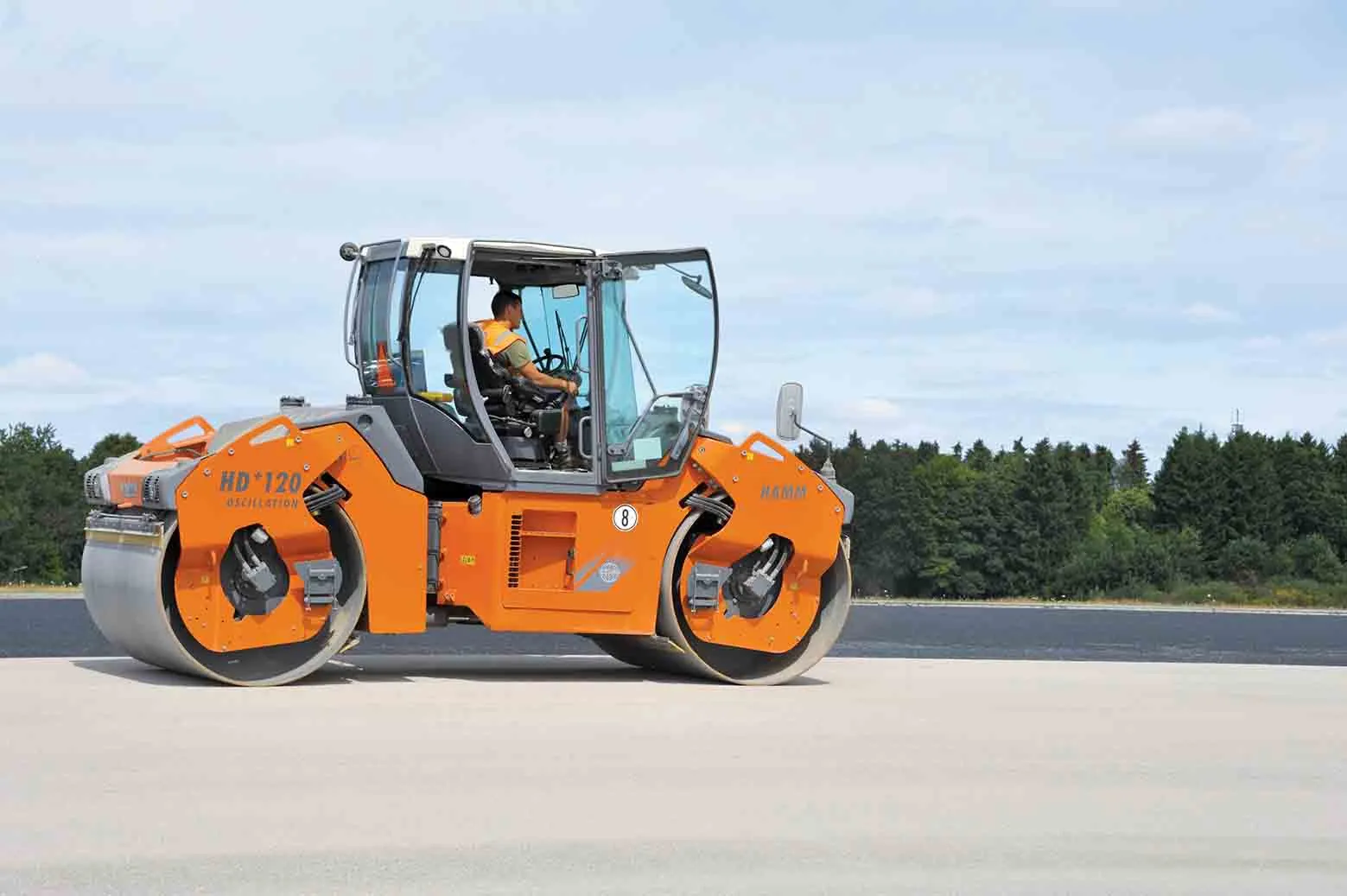The VSS Macropaver Expandable Microsurfacing Box is infinitely adjustable between 2.74-4.27m, and is now available.
March 16, 2012
Read time: 2 mins
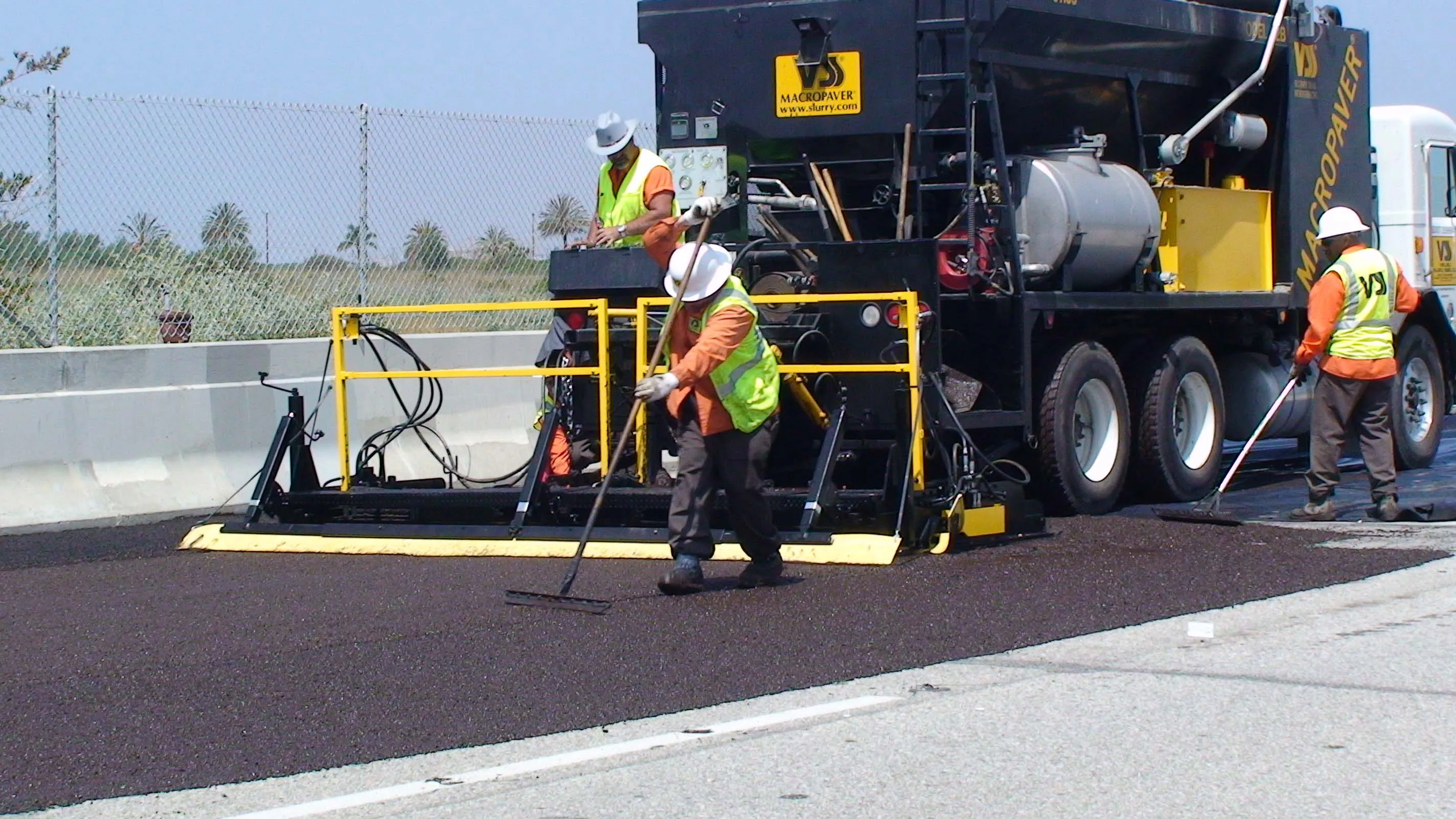
RSS
The Expandable Box has four 225mm diameter augers (two per side) that enhance mixing and distribution of the microsurfacing mix. Each set of augers are independently driven and controlled by hydraulic motors chain coupled to the augers. They extend and retract directly with box width adjustment using telescoping drive design.
In addition to the augers, extra long (1.8m) side strike-off plates/skids ensure optimum levelling of microsurfacing material.
Urethane squeegees control material thickness, with height adjustments on both sides and centre (for crown adjustment). The squeegees are easily replaceable and do not require additional parts to be added prior to installation.
The Expandable Box has adjustable edge strike-off skids for tapered joint feathering. All skids are adjustable and made with abrasion resistant steel.
The side skids are replaceable, abrasion-resistant steel for quality and durability. Another feature is a full length catwalk that allows for easy operator access to all depth functions. A two-way adjustable texture flap provides precise control of microsurfacing finish.
VSS Macropaver also manufactures state-of-the-art asphalt rubber blending systems, emulsion manufacturing systems, Minimac (the world's only self-propelled, one-man operated slurry/microsurfacing machine); Minimac CR-1000, a compact continuous run slurry/microsurfacing machine, along with the VSS truck-mounted Macropaver 12B, which applies all slurry and polymer-modified microsurfacings.
According to360 VSS Macropaver, the Macropaver 12B, equipped with the EZ-OP Monitoring System, makes it even simpler to train new operators and create ease-of-use by eliminating manual calculations with intuitive controls.
RSS
The VSS Macropaver Expandable Microsurfacing Box is infinitely adjustable between 2.74-4.27m, and is now available.
Advanced design and construction of the heavy-duty unit allows slurry seal/microsurfacing crews to apply a wide range of microsurfacings with quality and consistency while simultaneously expanding and contracting to the desired designated widths of the project.The Expandable Box has four 225mm diameter augers (two per side) that enhance mixing and distribution of the microsurfacing mix. Each set of augers are independently driven and controlled by hydraulic motors chain coupled to the augers. They extend and retract directly with box width adjustment using telescoping drive design.
In addition to the augers, extra long (1.8m) side strike-off plates/skids ensure optimum levelling of microsurfacing material.
Urethane squeegees control material thickness, with height adjustments on both sides and centre (for crown adjustment). The squeegees are easily replaceable and do not require additional parts to be added prior to installation.
The Expandable Box has adjustable edge strike-off skids for tapered joint feathering. All skids are adjustable and made with abrasion resistant steel.
The side skids are replaceable, abrasion-resistant steel for quality and durability. Another feature is a full length catwalk that allows for easy operator access to all depth functions. A two-way adjustable texture flap provides precise control of microsurfacing finish.
VSS Macropaver also manufactures state-of-the-art asphalt rubber blending systems, emulsion manufacturing systems, Minimac (the world's only self-propelled, one-man operated slurry/microsurfacing machine); Minimac CR-1000, a compact continuous run slurry/microsurfacing machine, along with the VSS truck-mounted Macropaver 12B, which applies all slurry and polymer-modified microsurfacings.
According to
RSS


